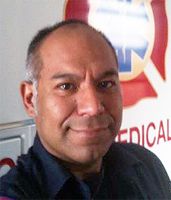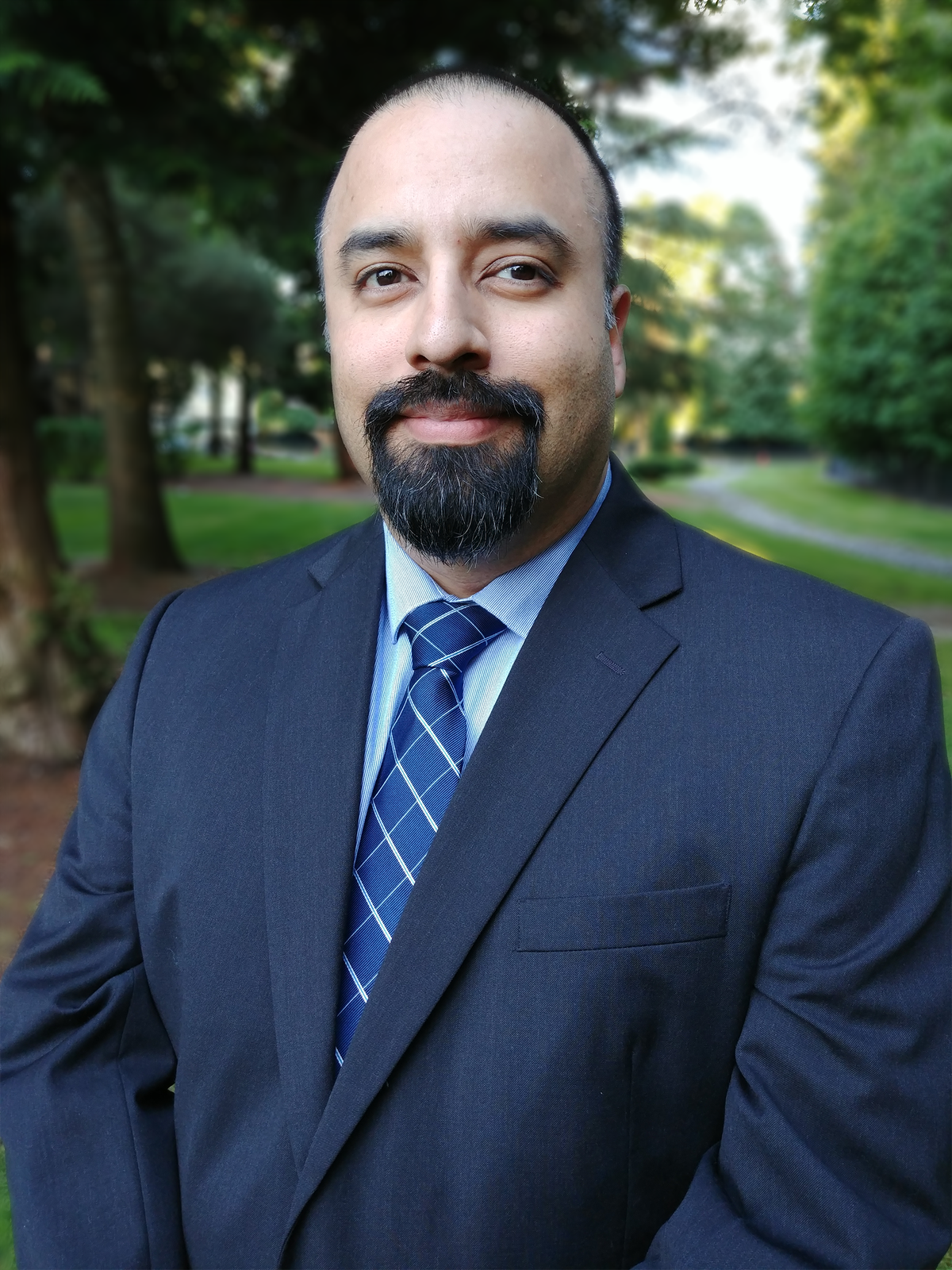Research suggests that every 2 minutes someone dies from sepsis in the U.S. – that’s more than from prostate cancer, breast cancer and AIDS combined.
Saving patients from this deadly infection is a race against time. Sepsis unleashes havoc, indiscriminately claiming the lives of millions of men, women and children every year.
Sepsis is a menace that has been lurking in the EMS world ’s underbelly for generations. In honor of National Sepsis Awareness Month, this webinar will reveal the knowledge you need to identify and combat this deadly killer.
At the end of the training, attendees should be able to:
- Distinguish the differences between sepsis and septic shock.
- List the most common infections that lead to sepsis.
- Compare the two states of septic shock.
- Identify the key indicators of septic shock.
- Discuss the relationship between ETCO2 and serum lactate in septic shock.
- Identify the three predictors of mortality in sepsis.
- List the signs and symptoms used in SIRS (systemic inflammatory response syndrome) assessment.
- Discuss current treatment plans for the treatment of septic shock.
- Describe the process of CO2 production.
Who is this webinar for?
- EMS Medical Directors.
- EMS and Fire Leaders.
- All EMS and Fire Providers.
- Nurses and Emergency Department Personnel.
Meet the speakers

Roberto Moya III, Paramedic Instructor UT Health San Antonio
Roberto Moya III is a paramedic instructor at University of Texas Health Science Center in San Antonio, and he is the Bexar County first responder organization coordinator where he provides education, credentialing and QA/QI for 12 first responder departments. His career as a paramedic and educator spans over 20 years with experience as a combat medic instructor, a field medic and disaster relief. Moya has responded to several hurricane relief efforts, the Deep Water Horizon disaster and the recent floods in South Texas. He is also the recipient of the American Ambulance Association Star of Life Award for selfless and exemplary service in EMS.

Max Sul, M.Ed.
Max is the clinical education manager for the Philips Emergency Care and Resuscitation group. He has more than 19 years of experience working in clinical education and EMS in a variety of roles. He has worked as a paramedic and a combat medic instructor. He’s also worked in the hospital setting as a simulation specialist. Max was also a program manager for the electronic healthcare record physician training program. He has a bachelor’s and master’s degree in adult education and is currently pursuing his Ph.D. in industrial and organizational psychology.













